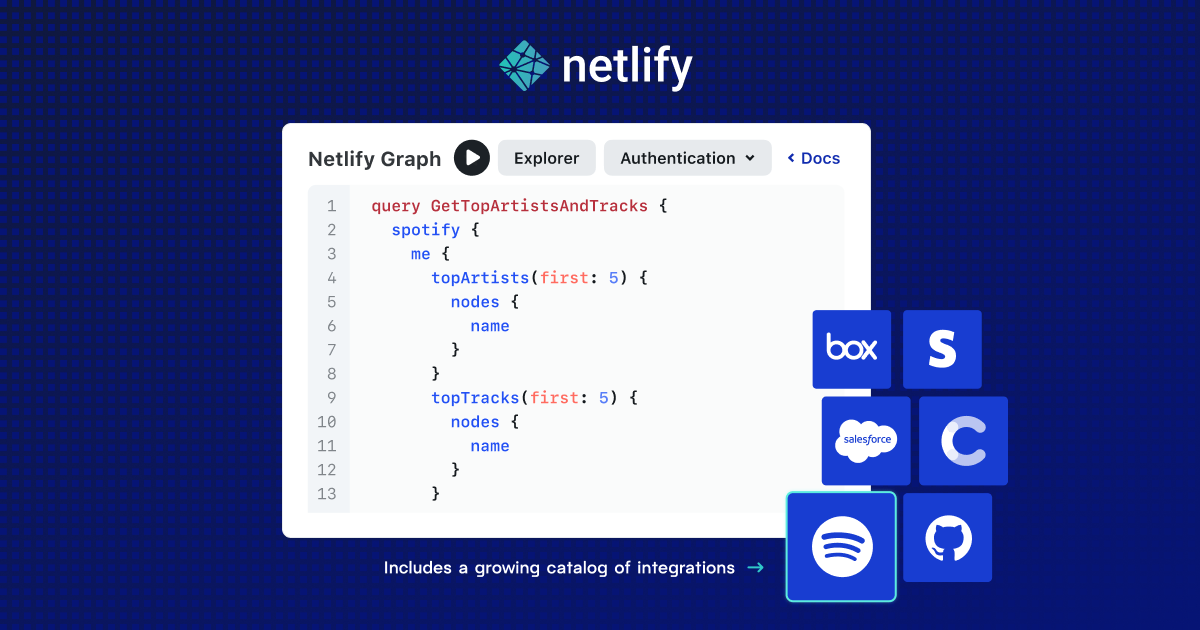Netlify this week added a Netlify Graph tool to its portfolio that makes backend services available to developers via a single click. The tool aims to simplify DevOps teams’ access to those services when building their applications.
Netlify Graph is based on the GraphQL query language for application programming interfaces (APIs) and enables developers to integrate services such as GitHub, Salesforce and Stripe within frontend and web application development tools without any direct intervention required from a DevOps team.
Netlify provides an application development framework based on JavaScript, application programming interfaces (APIs) and markup languages, otherwise known as a JAMstack, to isolate frontend and backend components of an application.
Netlify CEO Matt Biilmann said Netlify Graph is based on the GraphQL technology the company gained when it acquired OneGraph. The overall goal is to make it simple for frontend developers to invoke backend services accessed via either GraphQL or REST APIs, he said. Services based on GraphQL can be especially complex for developers to invoke as they navigate the management of tokens and application secrets, Biilmann added.

It’s not clear to what degree GraphQL APIs will supplant REST APIs. However, developers tend to prefer GraphQL APIs because they provide more granular control over what data is accessed. The challenge is the number of backend services that expose GraphQL APIs is still comparatively limited. As GraphQL becomes more widely adopted, the level of effort DevOps teams now need to expend to expose backend services should decline as tools such as Netlify Graph are employed by frontend developers.
As a result, at least theoretically, the rate at which new applications are built and deployed to drive digital business transformation initiatives should increase. Most IT teams will not be replacing REST APIs with GraphQL-based APIs overnight, but the percentage of new applications that rely on GraphQL APIs will steadily increase. DevOps teams looking for easier ways to provide developers with simpler access to backend services now have an incentive to embrace GraphQL.
Ultimately, Biilmann said, the goal is to enable developers to build applications without having to directly engage anyone on the IT team. Each backend service can be managed in isolation from the frontend of any application. It’s not clear how long it might take to achieve that goal, but as responsibility for the end-to-end management of the application experience continues to shift left toward developers, the need to surface backend systems-as-a-service becomes more pronounced. In fact, given the current focus on improving developer productivity, IT organizations might soon face a mandate to embrace GraphQL more broadly. After all, every minute that a developer spends on plumbing is time they’re not spending writing actual business logic.
Naturally, it may take time for enterprise IT to be truly transformed into a set of services that developers can easily consume. But as progress continues to be made, that dream may finally be realized.




